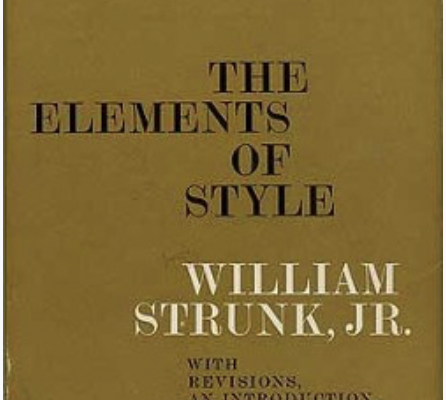About twenty years back, I was a member of the Toastmasters club. The club helped me to learn more about public speaking. One of the topics I spoke about was about communicating ideas. Yes, in a workshop meeting on communication, we spoke about how to communicate. When I looked at the discussion note, two things stood out for me. The first was the notion that communication is a bi-directional activity wherein the speaker and the listener have to work together to benefit from the messages. The second was about the style of language used in communication. Let me talk about the style here.
These days, even an elementary school student is introduced to traditional productivity tools like Microsoft Word or Google Docs. There are several fancy menu items for a student to compose his or her essay. I see students making up their essay with colors, font style, font size, etc. Yes, word processors have significantly simplified our efforts to create visually vibrant documents. However, for powerful communication, it is important to focus first on the language style, before the visual style.
My recollection of language style is from the grammar books and pedantic grammar lessons we were introduced to in the school days. I had one of these books when I was growing up in India. The book was dense in small print and filled with words. For a school kid who was barely reading 100s of words a week, this book was a BIG challenge. There was limited explanation and an extremely poor understanding of why we were reading this book. Still the periodic exams mandated that I learn from this book. I barely survived the ordeal to learn English. Poems like Daffodils, and essays like On the Rules of the Road, are some that I remember well. Many stories and novels were entertaining too.
At my Engineering college, I was introduced to English for Technical Communication. I recall learning about diphthongs, essays, technical writing, etc. Gone were poems and stories, but there were details on machinery and organizations. Perhaps sometimes I lacked the understanding of why I am learning, but still had to learn because it is an essential first year course. Thanks to other courses, I was reading faster and variety within the Engineering discipline. It took extra long efforts to read non-technical materials to prepare for graduate admission exams like GRE and TOEFL. Persistence paid off.

Years later, I found myself at Microsoft. Books like The Chicago Manual of Style helped me. I enjoyed the writing process, especially on technical subjects. The writing quality constantly improved, and is still a work in progress. In due course, I discovered the book Elements of Style, by Strunk and White. This was a very small book – about 80 pages long, if I recall right. However, the book was easy to follow along. I have read this book at least ten times so far. I like the simplicity and power it communicates with. The principles and ideas here are very useful. I had come to apply this repeatedly in my writing. There is also an illustrated edition that I like and recommend.
Now there are a new generation of tools that claim to simplify writing. Some of these use AI and language analysis. I find some of these useful. That said, the core must come from our own developed style, adhering to age-old practices. Hence, investing time with Elements of Style is very valuable.


Leave a Reply